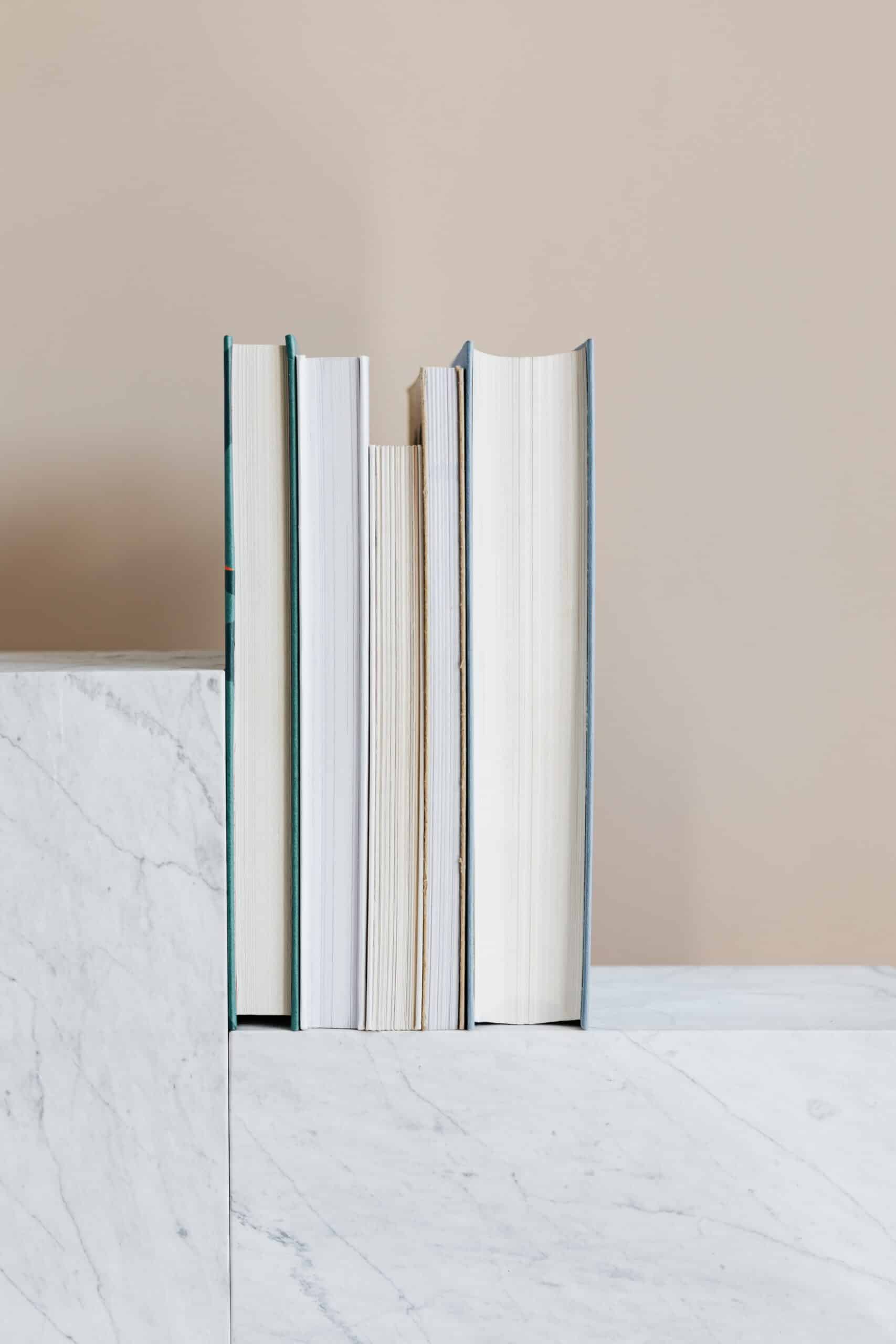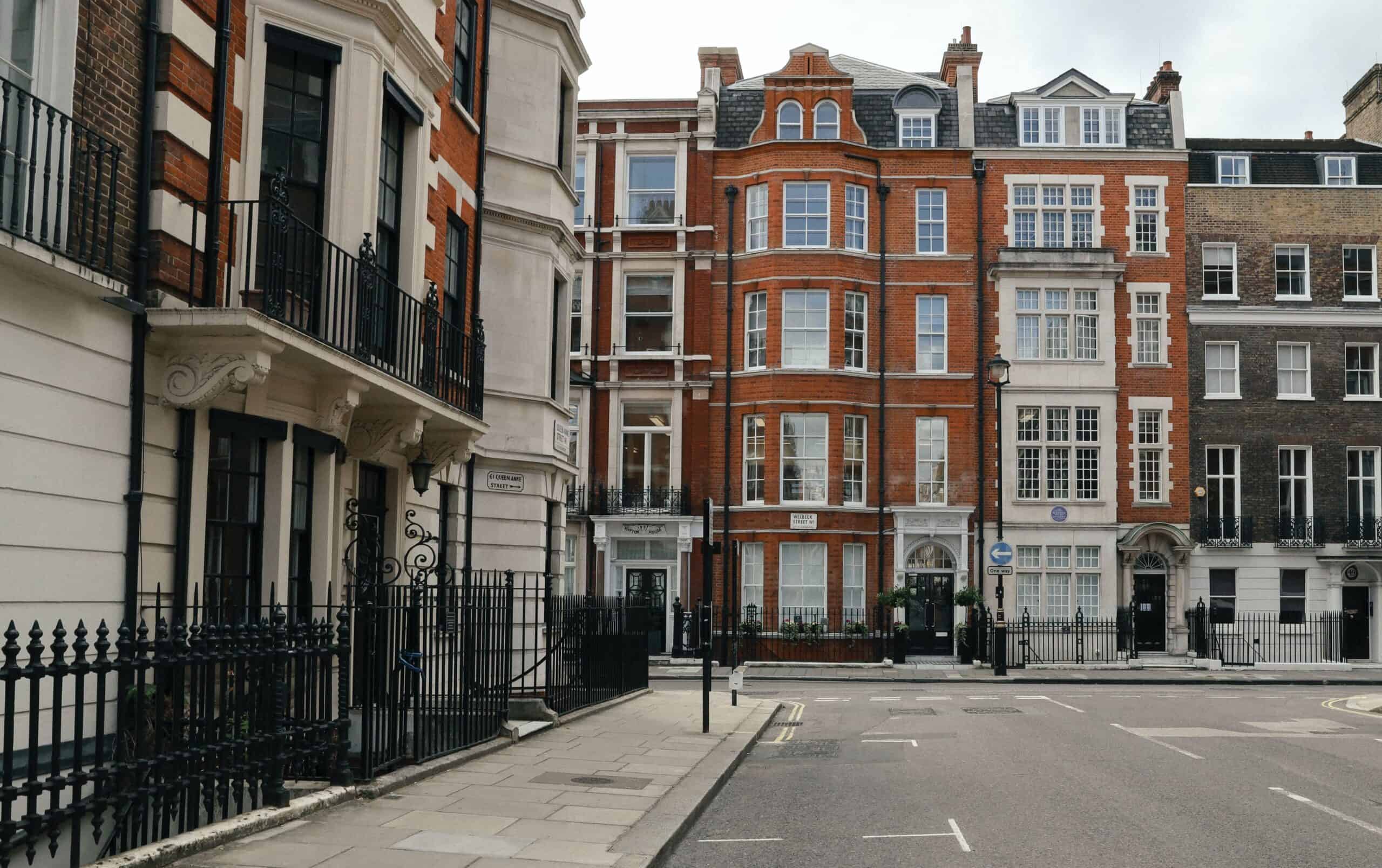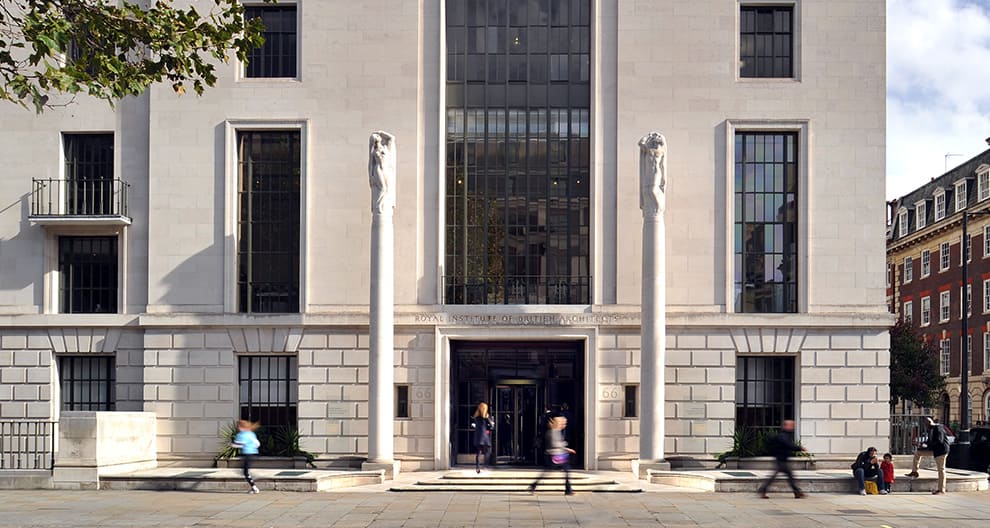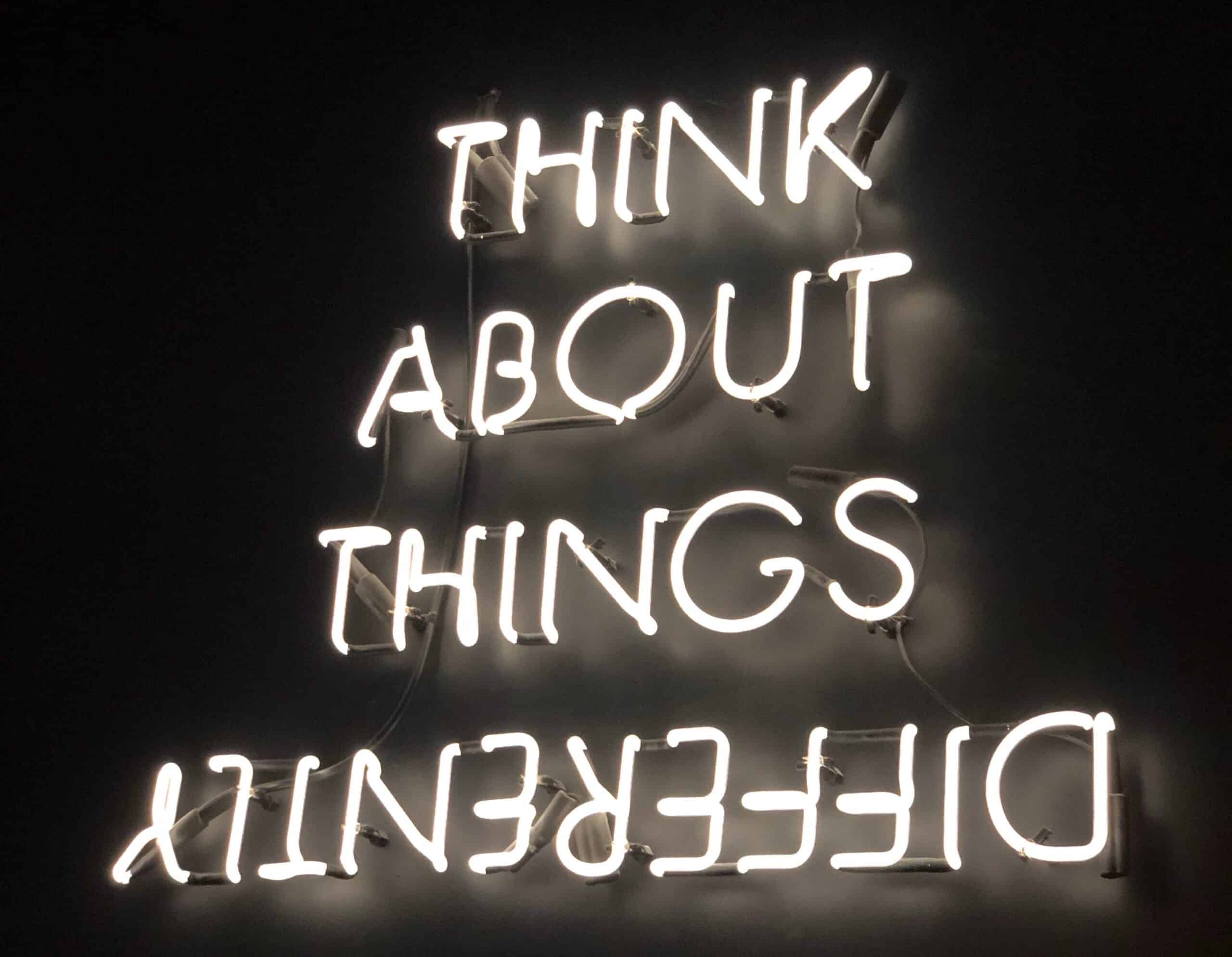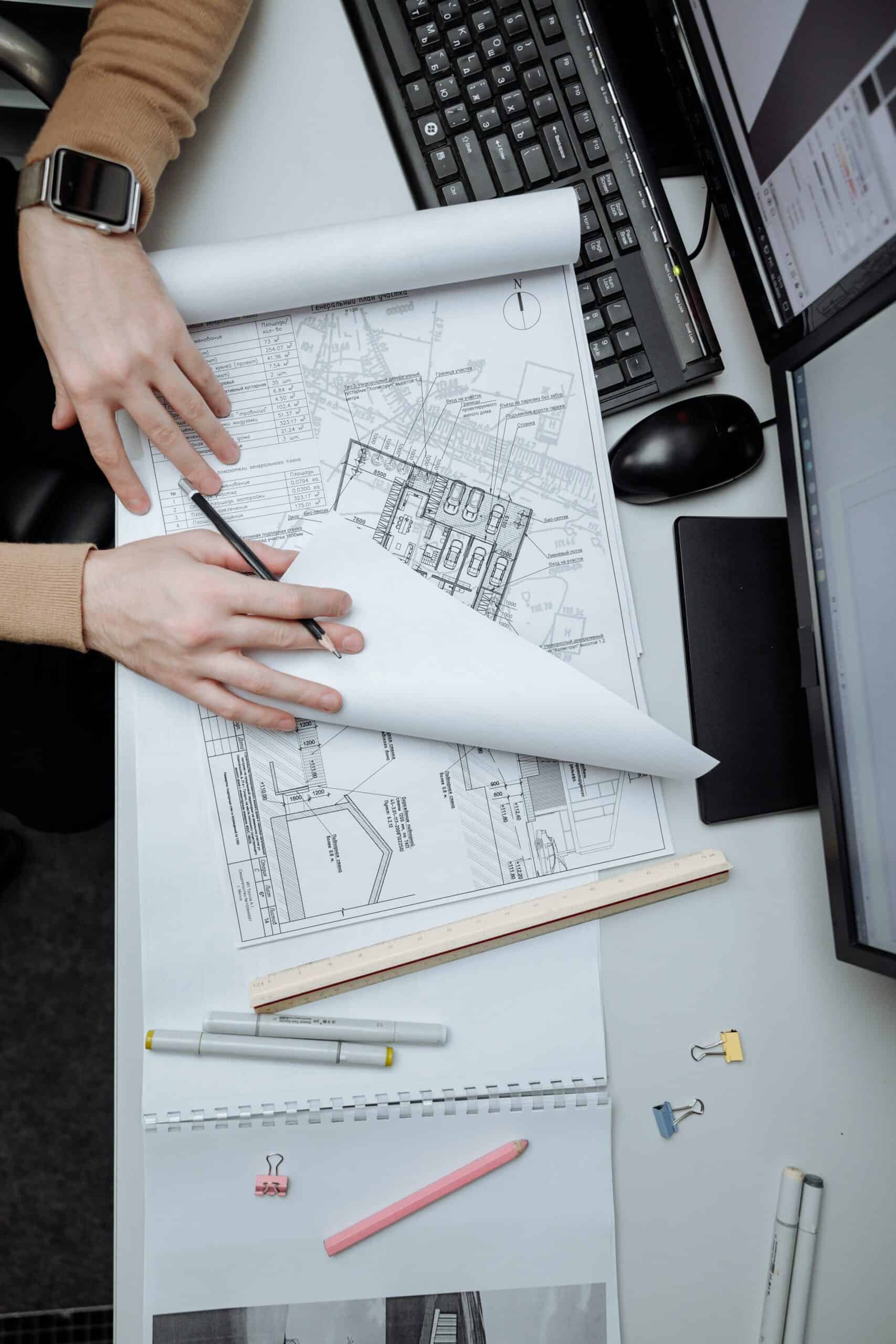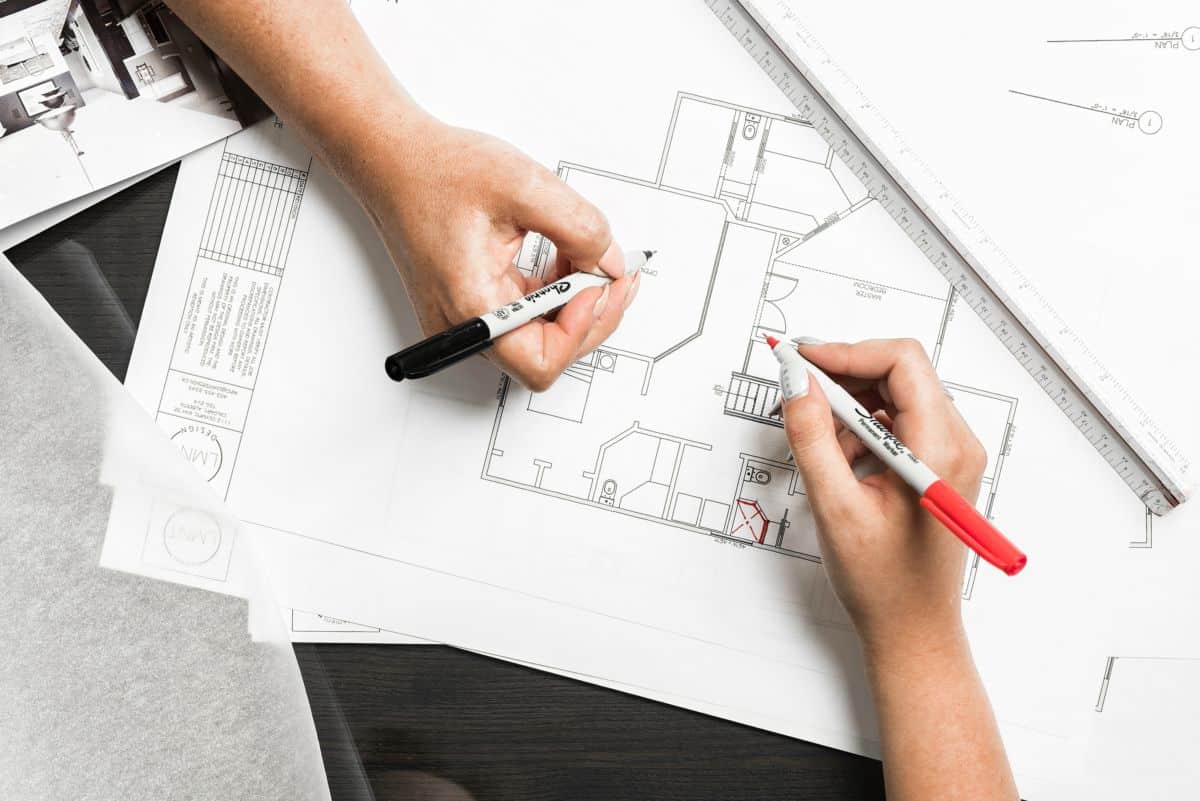Does my architect have systems to make the process smooth?
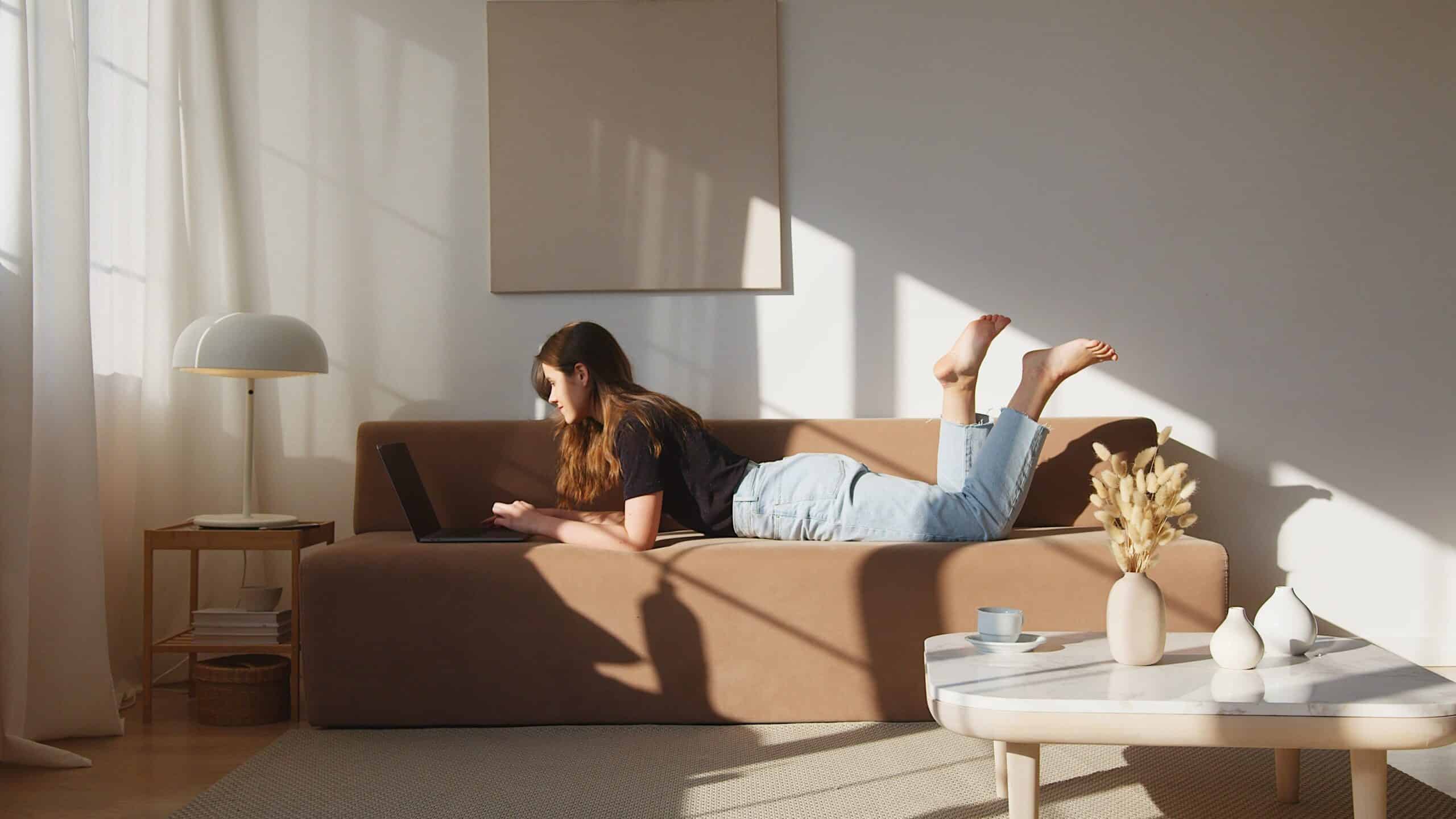
Yes, we have transparent systems and processes in place to help make the design and construction process of your project as smooth and efficient as possible. Here are some practical examples of the systems we may typically use on a project:
- Design software: Architects tend to use a variety of technical design software to facilitate the architectural design process, creating detailed 3D models, floor plans, and comprehensive construction documents. These tools allow us to create a clear and accessible design that can be easily shared with the client and contractors.
- Project management software: Specialist programs allow us to keep track of schedules, budgets, and project tasks from start to finish. This helps ensure that the project stays on track and that everyone is aware of the current status of the work.
- Communication: We value a collaborative way of working. Through every stage of a project, we will listen to a client’s needs and keep in close contact with yourself and contractors via the help of email, video calls, and online project portals.
- Documentation systems: We might also use a system to document all aspects of the project, including correspondence, design changes, and contract documents. This helps ensure that everyone involved in the project has access to the most up-to-date information.
- Quality control systems: Some architects have quality control systems in place to ensure that the work meets the highest standards of innovation and craftsmanship.
By using these proven, tried, and tested systems, we can help make the architectural design process and construction of your project more efficient, ensuring that the project is completed on time, on budget, and to the highest quality. We always take a human-centered approach and will guide you through the process of a project by listening and providing honest, practical advice.
At XUL, we have invested greatly in creating systems that help us run projects efficiently and consistently so we can focus our time on design.
In terms of project management systems, we use mainly two systems. One is called CMAP, and this is our financial and resources monitoring system. Here we allocate resources to project stages and tasks and then monitor against timesheets.
Our other main system is our Milestones’ Journey in a platform called Notion. We have broken down every single task and moment of a project from the first project inquiry all the way to handing over the keys and converted it into an incredibly detailed checklist. Each project will have its own Milestones’ Journey created from a template, and the architects move through it as the project progresses. This is great in a number of ways: firstly, it helps make sure no one misses anything, and our architects have greater accountability as no one is solely relying just on memory or experience. It helps our architects plan their work and clearly communicate with clients. Secondly, anyone in our team can access any project in Notion and see where things are. It makes it very easy for anyone to “step in” to the project if needed. Thirdly, clients have access to certain areas of the project so they can see how we are getting on and see when there might be tasks allocated to them and completion dates (i.e. confirming design, choosing materials, etc). We appreciate clients are busy, so this tool helps them plan the project around their lives and making sure the project stays on track.
For us as a business, it is important to deliver the project as quickly, effectively, and efficiently as possible so we want to minimize the risk of delays wherever we can. Our systems provide us and our clients with that control.




